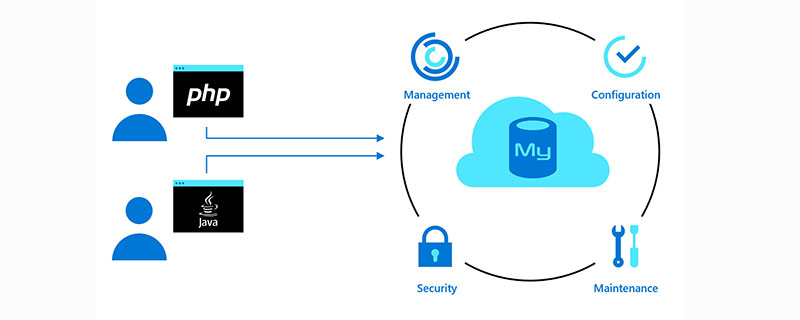
Mysql paging query method: 1. Use specific fields instead of [*]; 2. Search the index first; 3. Use [between...and], the id must be continuously increasing; 4. Keep the previous page The id where the record is located.

Mysql paging query method:
Brief description
Usually in MySQL, limit #{limit}, #{offset} is used to perform paging queries.
When there are many records in the table and the number of pages (#{limit}) is large, the efficiency of paging query becomes slower.
The reason for the slowdown is that when querying in pages, the limit offset records will be queried first, and then the subsequent offset records will be intercepted.
This article takes the actual 140 million table big_table as an example to record how to optimize paging queries.
Test description
Test table: big_table, data volume: 140 million.
Original SQL (4500ms)
-- 原始分页查询,耗时:4500ms select * from big_table limit 2000000,10;
Reasons for slowness:
1. The query condition is *
2. limit = 2000000 is too big
Optimization 1 (recommended): Use specific fields instead of * (1600ms)
-- 用明确字段代替*,耗时:1600ms select id,uid,media_id,media_name,news_id,comment from big_table limit 2000000,10;
Optimization 2: Search the index first (450ms)
-- 方法1:先对索引进行分页查询,耗时:450ms select * from big_table AS h inner join (select id from big_table limit 2000000,10) AS ss on h.id = ss.id; -- 方法2:先查询出起始位置的索引,耗时:450ms select * from big_table where id > ( select id from big_table limit 2000000,1 ) limit 10;
Optimization 3: between ... and (5ms)
Restriction: id must be continuously increasing.
-- 上一页保留最后一条记录所在id,耗时:5ms select * from big_table where id between 4882489 and 4882489 + 10 ;
Optimization 4 (recommended): Keep the id of the record on the previous page (5ms)
Limitations: You need to keep the id of the last record on the previous page
-- 上一页需要保留最后一条记录所在id,耗时:5ms select * from big_table where id > 4882488 limit 10;
More related free learning recommendations: mysql tutorial(Video)
The above is the detailed content of How to implement paging query in mysql. For more information, please follow other related articles on the PHP Chinese website!